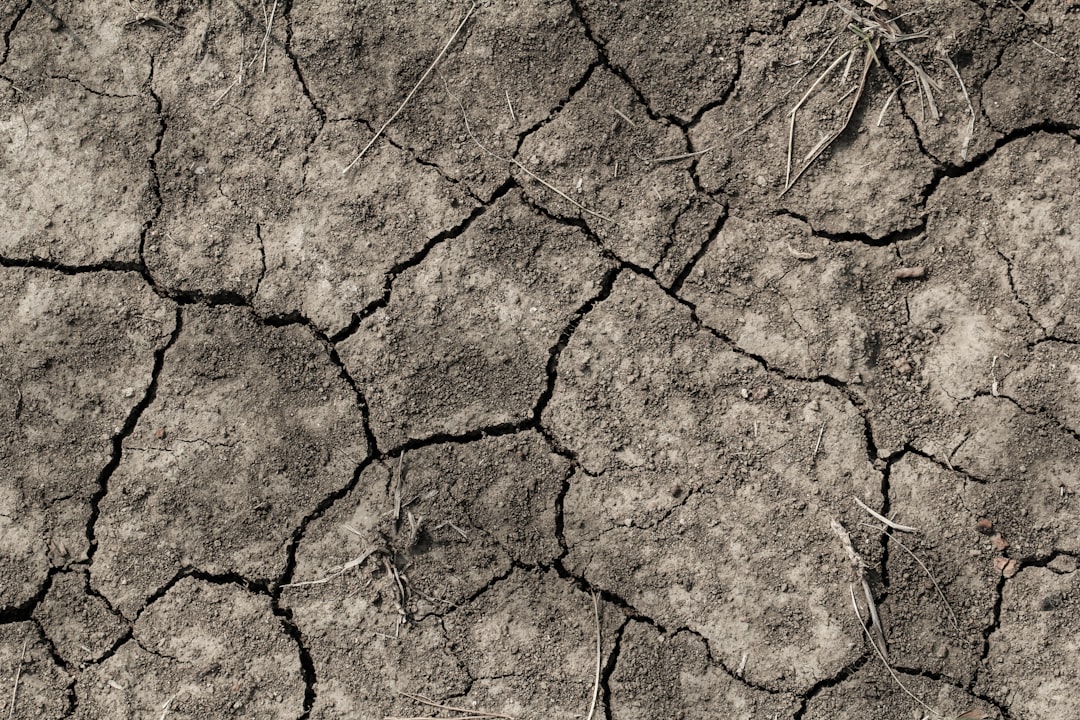As water scarcity becomes an increasingly pressing challenge due to climate change, population growth, and competing demands, farmers worldwide must adopt strategies to sustain agricultural productivity while conserving water. One of the most effective approaches is selecting drought-tolerant crop varieties and livestock breeds that thrive in water-limited conditions. These adaptations not only ensure food security but also build resilience in farming systems.
In this blog post, we will explore how to identify and incorporate drought-tolerant crops and livestock into agricultural practices, highlighting their benefits and global applications.
Why Choose Drought-Tolerant Varieties and Breeds?
Drought-tolerant crops and livestock have evolved or been developed to thrive in environments with limited water availability. Their ability to adapt to dry conditions is rooted in:
-
Efficient Water Use: These plants and animals maximize the use of available water, reducing the need for irrigation.
-
Resilience to Stress: They perform well under water stress, maintaining productivity during prolonged dry periods.
-
Economic Sustainability: Reducing water usage lowers production costs, making farming more profitable in the long term.
Drought-Tolerant Crop Varieties
Selecting the right crops for water-scarce regions is key to successful farming. Below are examples of drought-tolerant crops and their characteristics.
1. Cereals and Grains
-
Sorghum: Known for its deep root system and ability to withstand extreme heat and drought. Used for food, fodder, and biofuel production.
-
Millet: A fast-growing grain that thrives in arid and semi-arid climates. Often used as a staple crop in Africa and Asia.
-
Teff: Native to Ethiopia, teff is a resilient grain with excellent water-use efficiency.
2. Legumes
-
Chickpeas: Highly adaptable to dry conditions, chickpeas are an excellent source of protein and improve soil fertility by fixing nitrogen.
-
Pigeon Peas: Widely grown in tropical regions, pigeon peas are drought-resistant and improve degraded soils.
-
Lentils: Thrive in low-rainfall areas and contribute to sustainable cropping systems.
3. Oilseeds
-
Sunflower: A deep-rooted crop with moderate drought tolerance. Performs well in dry regions with minimal irrigation.
-
Sesame: Extremely resilient to drought and heat, sesame is a profitable crop for dryland farming.
4. Fruits and Vegetables
-
Dates: Grown in arid regions, date palms require minimal water once established.
-
Cactus Pear: A hardy plant used for both fruit and forage, it thrives in desert-like conditions.
-
Tomatoes (Heirloom Varieties): Many heirloom tomato varieties are more drought-tolerant than modern hybrids.
5. Forage Crops
-
Alfalfa: With deep roots, alfalfa tolerates drought well, making it ideal for livestock feed.
-
Berseem Clover: A water-efficient forage crop for dry regions.
Drought-Tolerant Livestock Breeds
Just as crop selection is important, choosing livestock breeds suited to water-scarce environments can significantly enhance farm sustainability.
1. Cattle
-
Nguni (Africa): This breed is hardy, disease-resistant, and able to thrive on limited water and poor-quality forage.
-
Rajasthan’s Rathi (India): Known for high milk yield under drought conditions.
2. Sheep and Goats
-
Dorper Sheep (South Africa): Efficient grazers that adapt well to arid conditions.
-
Boer Goats (Africa): Thrive in dry climates, consuming a wide variety of vegetation.
-
Black Bengal Goats (India): Hardy and prolific, requiring minimal water and feed.
3. Poultry
-
Desert Chicken Breeds: Local breeds, such as the Kadaknath (India), are heat and drought-tolerant, requiring less water than commercial breeds.
4. Camels
Often called “ships of the desert,” camels are highly adapted to arid environments, providing milk, meat, and transportation with minimal water needs.
Key Practices for Success
1. Local Knowledge and Research
Work with agricultural extension services and local experts to identify crops and breeds best suited to your region’s climate and soil.
2. Crop Diversification
Planting a variety of drought-tolerant crops reduces the risk of total crop failure and improves soil health.
3. Improve Soil Water Retention
Healthy soils are essential for water conservation. Practices like mulching, reduced tillage, and cover cropping enhance soil moisture retention and reduce evaporation.
4. Invest in Training
Learning about the specific needs and management practices for drought-tolerant crops and breeds ensures better productivity and profitability.
5. Water Harvesting and Conservation
Combine drought-tolerant species with water-saving techniques like rainwater harvesting, drip irrigation, and micro-sprinklers to maximize efficiency.
Global Applications and Success Stories
India
In Rajasthan, farmers successfully grow pearl millet and raise Rathi cattle, combining traditional knowledge with modern conservation techniques.
Ethiopia
Teff and drought-resistant livestock like camels support livelihoods in arid regions, reducing vulnerability to climate change.
United States
Farmers in California’s dry Central Valley grow drought-tolerant tomato varieties alongside water-efficient drip irrigation systems.
Benefits of Selecting Drought-Tolerant Varieties and Breeds
-
Water Efficiency: Reduced dependency on irrigation conserves water resources.
-
Climate Resilience: Adapted crops and livestock are better suited to withstand unpredictable weather patterns.
-
Economic Stability: Lower water and input costs improve farm profitability.
-
Environmental Sustainability: Reduced water usage minimizes the ecological footprint of farming.
Conclusion
Incorporating drought-tolerant crop varieties and livestock breeds into agricultural practices is a vital step toward sustainable farming in water-scarce regions. By combining traditional knowledge with modern technology, farmers can adapt to changing climates, conserve water, and ensure food security for the future.
Call to Action:
Are you growing drought-tolerant crops or raising adapted livestock? Share your experiences and tips in the comments below! Together, we can promote resilient and sustainable agriculture worldwide.

Comments
No comments yet. Be the first to comment!
You must be logged in to comment. Login